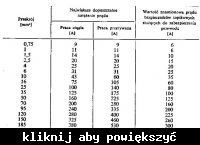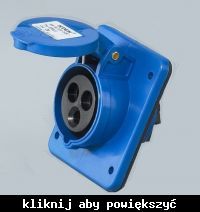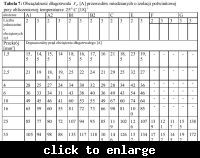I have a question in the room, I want to install 2 sockets and one light switch on the wall. I will put the cables in a tray screwed to the wall and use sockets above the plaster ones. I wanted to know what cable I need to use to withstand (this is with a margin) 3500-4000 W (about 5 meters of cable)?
The picture shows that he wants to connect the cable that will be able to withstand 3500-4000W (red) with the cable for the light switch (a 1.5mm wire is enough for the light itself), the only question is whether these wires must be twisted into a box or can they be connected by removing the insulation from the red one and braiding it with a yellow cable (the red one has an unbroken core) and then solder it thoroughly, apply insulating tape or heat shrink tube?
If this is not the appropriate department, please indicate the correct one, and I will put it there.

The picture shows that he wants to connect the cable that will be able to withstand 3500-4000W (red) with the cable for the light switch (a 1.5mm wire is enough for the light itself), the only question is whether these wires must be twisted into a box or can they be connected by removing the insulation from the red one and braiding it with a yellow cable (the red one has an unbroken core) and then solder it thoroughly, apply insulating tape or heat shrink tube?
If this is not the appropriate department, please indicate the correct one, and I will put it there.









